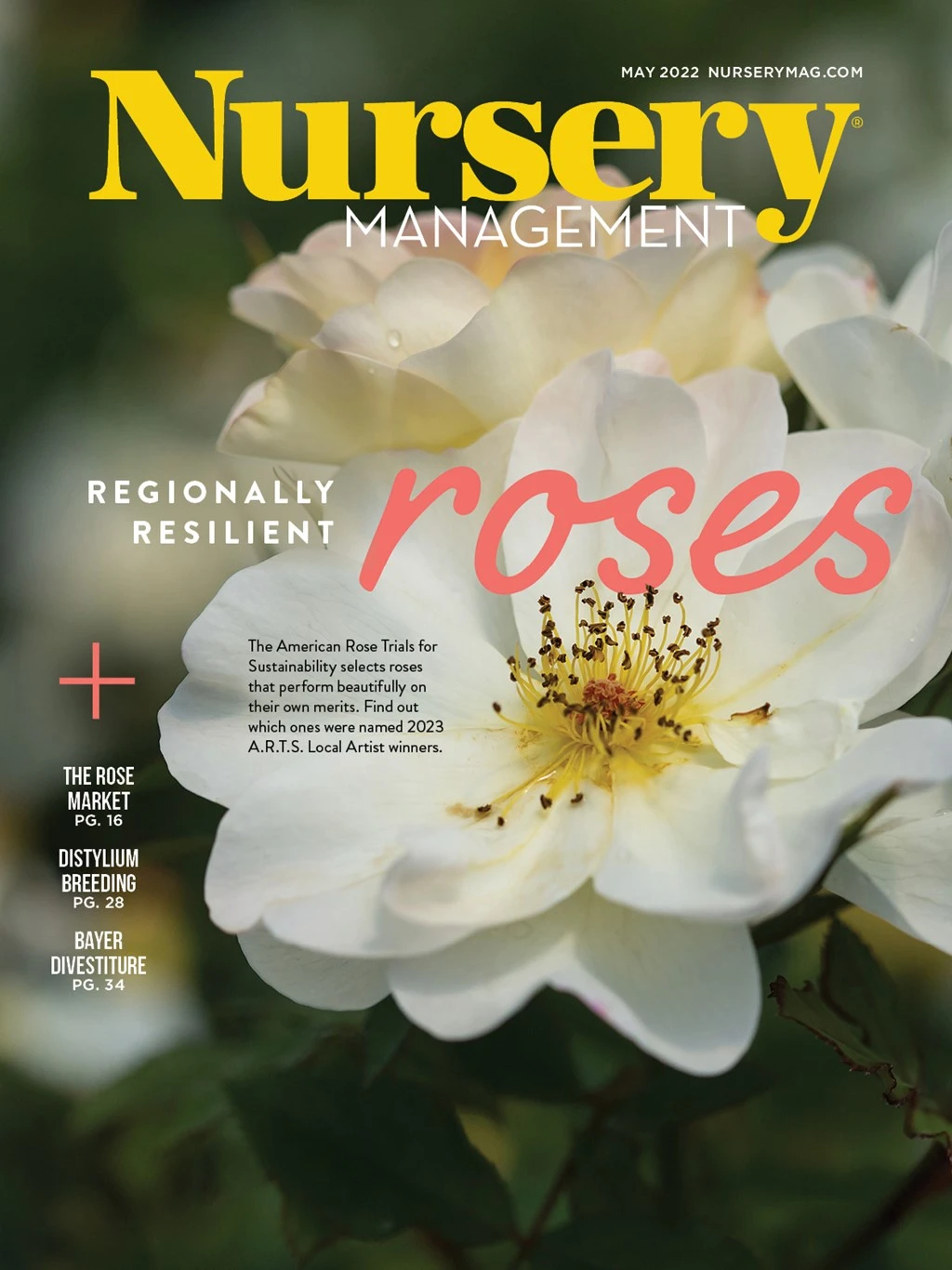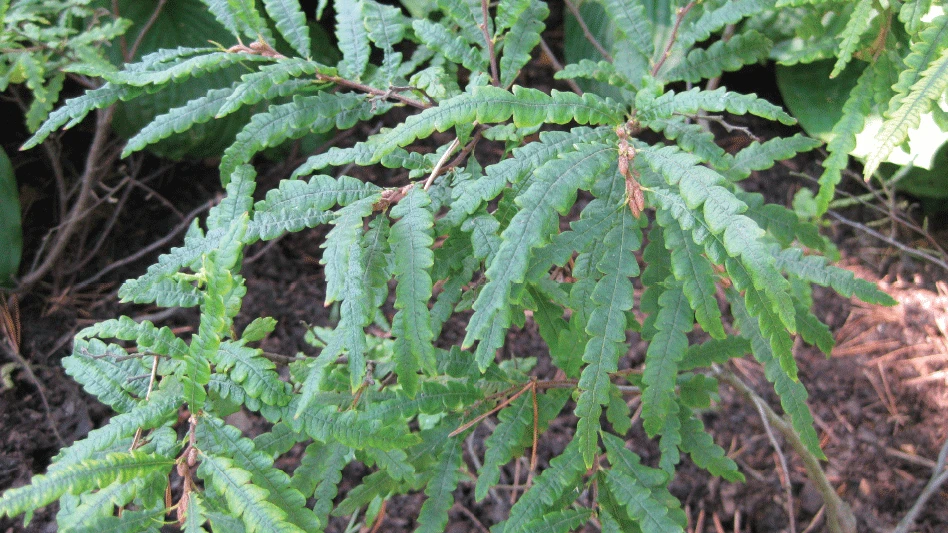
Safety meetings don’t stop with proper equipment use. Make sure you’re protecting your crew against melanoma, a serious cancer linked to ultraviolet (UV) radiation.
A study in the International Journal of Cancer found that 91% of all melanomas in the U.S. were linked with UV radiation—mostly due to sun exposure.
To check the daily UV Index forecast in your area, visit epa.gov/sunsafety/uv-index-1.
It’s ideal to provide sunscreen for your employees. The American Cancer Society suggests using a broad-spectrum sunscreen with an SPF of at least 30 and to reapply at least every two hours. Set up a sunscreen station with your water stations so crews are able to reapply.
Broad-spectrum sunscreens protect against both UVA and UVB rays. All sunscreen products protect against UVB rays, the main cause of sunburn. But UVA rays also contribute to skin cancer. Only products that pass a test can be labeled “broad spectrum.” Products that aren’t broad spectrum must carry a warning that they only protect against sunburn, not skin cancer or skin aging.
When it comes to choosing a sunscreen, understand that water- resistant does not mean waterproof. No sunscreens are waterproof or sweat-proof, and manufacturers are not allowed to claim that they are. If a product’s front label says it is water resistant, it must specify whether it lasts for 40 minutes or 80 minutes while (in the green industry's case) sweating.
Since our industry can’t avoid direct exposure to the sun between 10 a.m. and 4 p.m. when the UV rays are strongest, make sure you’re explaining the importance of protective clothing, such as wide-brimmed hats, long-sleeved shirts and wrap-around sunglasses.
UV radiation rates differ from state to state, which affects the melanoma rates. The aforementioned study discovered Hawaii had the highest proportion of melanoma due to UV radiation—97% of all cases. Alaska and the District of Columbia had the lowest, with 88% of all cases. Many of the states with the highest rates of melanoma due to UV radiation were along the East Coast (Delaware, Georgia, Maryland, North Carolina, Florida, South Carolina, New Jersey, and New Hampshire) and West Coast (California, Oregon, and Washington). The rate of melanoma due to UV radiation was also higher in several landlocked states: Vermont, Utah, Minnesota, Idaho, Kentucky, and Colorado.
Once you’ve equipped your team with the best protection, talk to them about melanoma. According to OSHA, monthly self-examination is life-saving because skin cancers detected early can almost always be cured. The most important warning sign is a spot on the skin that is changing in size, shape, or color during a period of one month to one or two years. Skin cancers often take the following forms: pale, wax-like, pearly nodules; red, scaly, sharply outlined patches; sores that don’t heal; and small, mole-like growths—melanoma, the most serious type of skin cancer. Consider bringing in a medical expert to help with this discussion and provide a skin check clinic a few times a year.


Explore the May 2022 Issue
Check out more from this issue and find your next story to read.
Latest from Nursery Management
- How impending tariffs and USDA layoffs impact the horticulture industry
- Shifting the urban environment
- These companies are utilizing plastic alternatives to reduce horticultural waste
- How to create a sustainable plant nursery
- Lamiastrum galeobdolon ‘Herman’s Pride’
- One of rarest plants on earth: Tahina spectabilis
- Leading Women of Horticulture: Angela Labrum, Bailey Nurseries
- Get to know Pat Reilly with NewGen Boxwood and the American Boxwood Society






